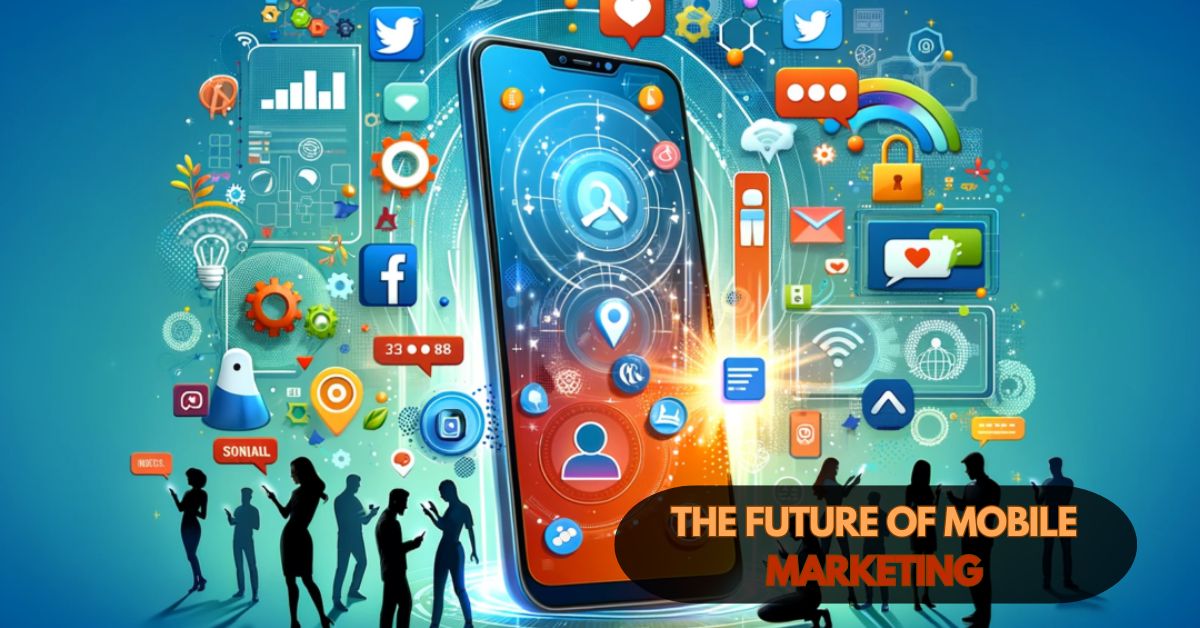- Growing Mobile User Base: With more people using smartphones than desktops, a mobile-first approach ensures you reach a broader audience.
- Improved User Experience: Optimized mobile experiences reduce bounce rates and increase engagement.
- Higher Conversion Rates: Mobile-optimized websites and apps can lead to higher conversion rates as users find it easier to navigate and complete transactions.
In an era where mobile devices have become integral to our daily lives, the future of mobile marketing looks incredibly promising. With the majority of internet users accessing content through their smartphones, businesses must adapt their strategies to cater to mobile-first consumers. This blog explores the key trends and best practices that will shape the future of mobile marketing.
The Rise of Mobile-First Strategies
A mobile-first approach prioritizes the mobile user experience, ensuring that all digital marketing efforts are optimized for mobile devices. This involves creating responsive web designs, mobile-friendly content, and streamlined navigation to enhance user experience on smaller screens.
Why Mobile-First?
Key Trends in Mobile Marketing
Mobile Payments
The rise of mobile wallets and contactless payments is transforming how consumers shop and pay. Services like Apple Pay, Google Wallet, and various banking apps are making transactions faster and more convenient. Marketers can leverage this trend by integrating mobile payment options into their websites and apps to streamline the purchasing process.
Location-Based Marketing
Geotargeting and geofencing allow marketers to deliver personalized messages based on a user's location. This can enhance the relevance of promotions and drive foot traffic to physical stores. For example, a retailer can send a special offer to users who are within a certain radius of their store, encouraging them to visit.
Augmented Reality (AR)
AR is becoming more prevalent in mobile marketing, offering interactive and immersive experiences. Brands are using AR to create virtual try-ons, interactive advertisements, and engaging games that captivate users. This not only boosts engagement but also provides a unique way to showcase products.
Best Practices for Future-Proof Mobile Marketing
Optimize for Speed
Mobile users expect fast loading times. Ensure your website and app load quickly by optimizing images, leveraging browser caching, and minimizing JavaScript and CSS files. Google’s PageSpeed Insights can help you identify areas for improvement.
Responsive Design
Create a seamless experience across all devices with responsive web design. Your site should automatically adjust to different screen sizes, providing a consistent and user-friendly experience whether accessed on a smartphone, tablet, or desktop.
Engaging Content
Mobile users consume content differently than desktop users. Use short, compelling content and visuals to capture their attention quickly. Videos, infographics, and interactive elements can be particularly effective.
Personalization
Use data to deliver personalized experiences. This can include personalized recommendations, targeted ads, and tailored content based on user behavior and preferences. Personalization increases engagement and conversion rates by making users feel valued and understood.
Mobile SEO
Optimize your content for mobile search engines. This includes using mobile-friendly keywords, ensuring your site is mobile-friendly, and leveraging local SEO strategies to attract nearby users. Mobile SEO ensures your content is easily discoverable by mobile users.
Conclusion
The future of mobile marketing lies in creating seamless, personalized, and engaging experiences that meet users where they are—on their mobile devices. By adopting a mobile- first approach and leveraging trends like mobile payments, location-based marketing, and augmented reality, businesses can stay ahead of the curve and effectively reach their target audience. As technology continues to evolve, staying informed about the latest developments and best practices in mobile marketing will be crucial for maintaining a competitive edge.

